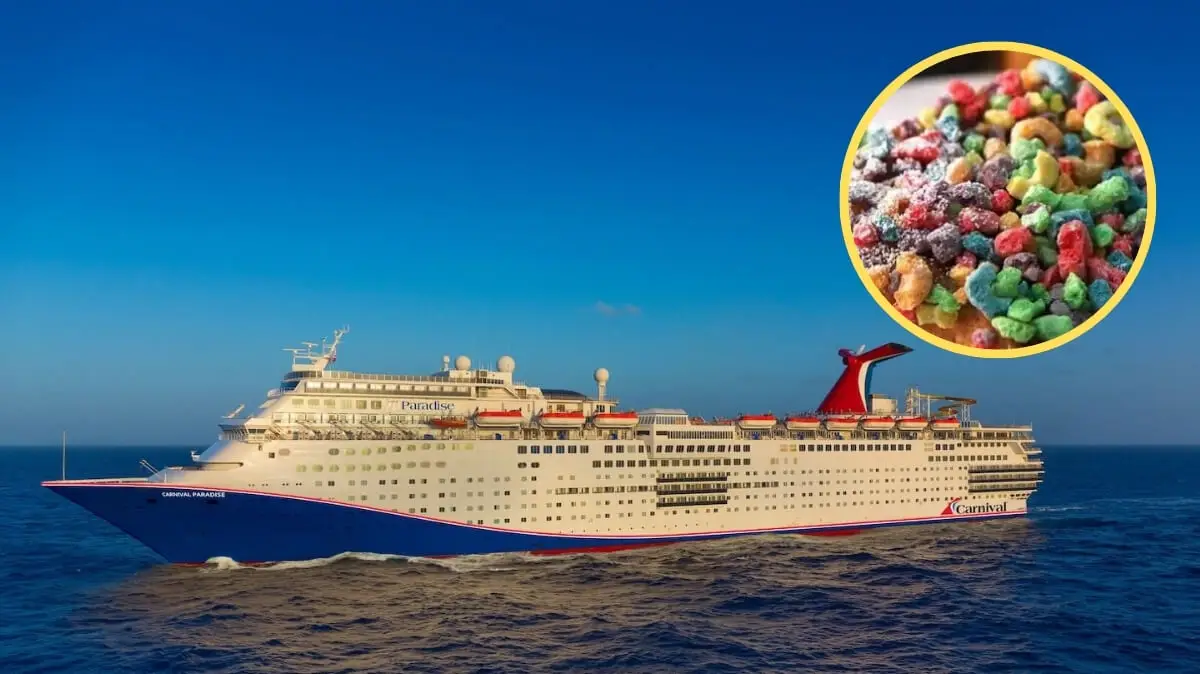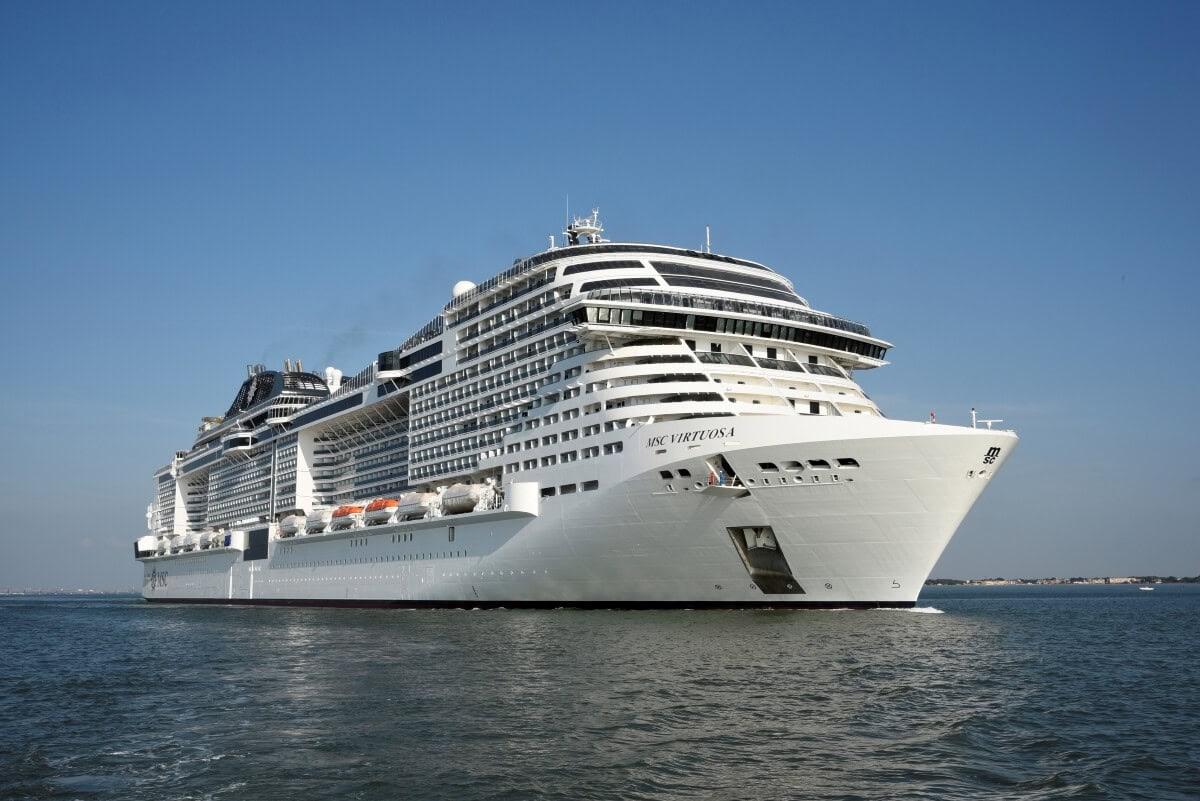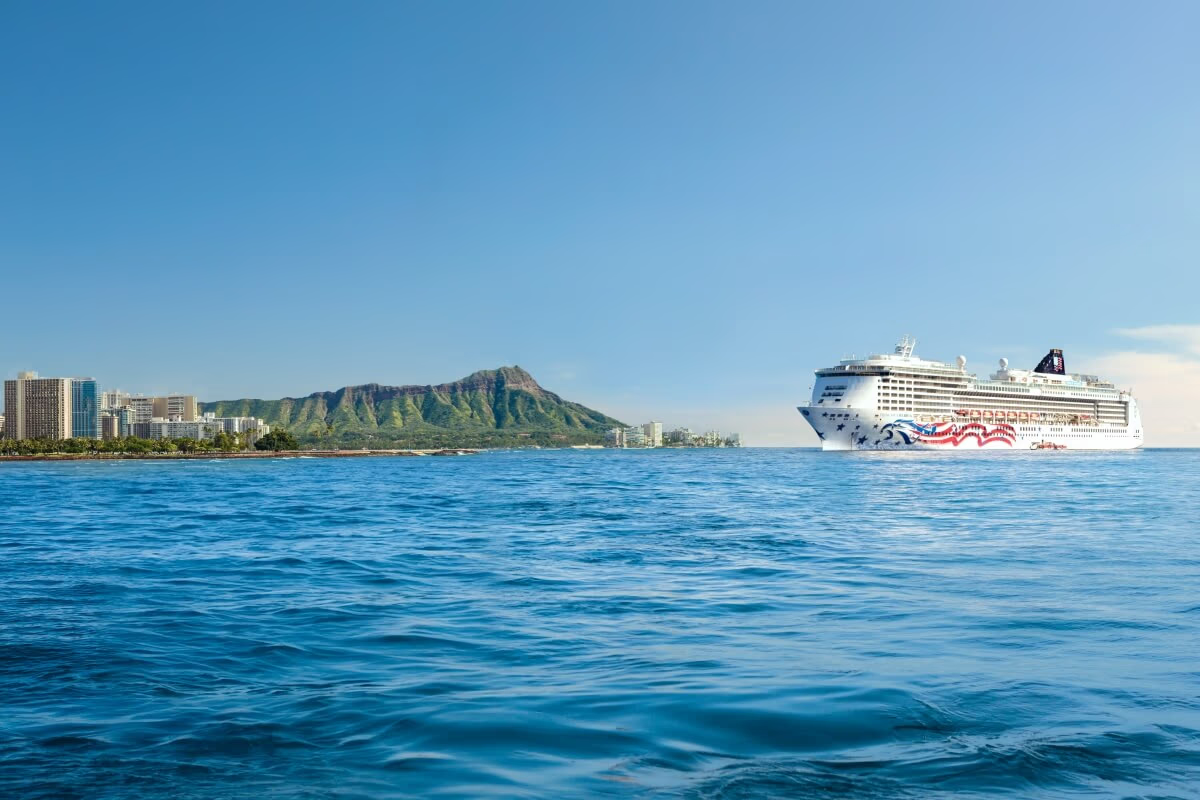Cruise lines calling on Mexican ports will soon face a revised passenger fee that begins in mid-2025, with a slower rollout and new terminology.

According to industry sources, the charge is no longer classified as a “Non-Resident Duty” initially stated by Mexican officials, but as an “in-transit fee” explicitly targeted at cruise guests.
The fee will be phased in over three years, starting at $5 per cruise passenger on July 1, 2025. Increases will follow in yearly increments, topping out at $21 by mid-2028.
Here’s how the updated schedule breaks down:
| Effective Dates | Fee per Passenger |
|---|---|
| July 1, 2025 – July 31, 2026 | $5 |
| August 1, 2026 – June 30, 2027 | $10 |
| July 1, 2027 – July 31, 2028 | $15 |
| August 1, 2028 onward | $21 |
Mexico’s New ‘In-Transit’ Cruise Tax
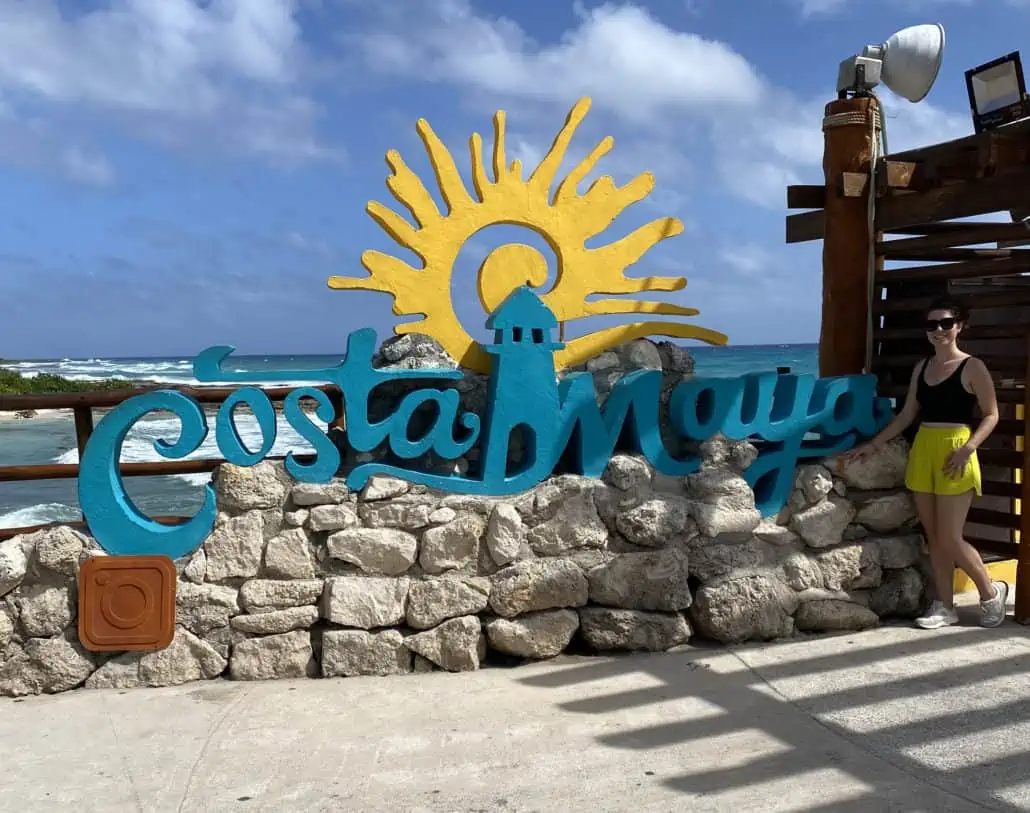
The backlash prompted Governor Mara Lezama Espinoza to announce a six-month postponement and renegotiation of the tax.
This new structure replaces earlier reports suggesting a $42 per-person fee would take effect as soon as summer 2024.
That proposal was immediately met with resistance from the cruise industry, which warned that the high cost could lead to itinerary changes or reduced calls to Mexican ports.
The Florida-Caribbean Cruise Association (FCCA), representing approximately 95 percent of cruise lines visiting Mexico, is engaged in ongoing discussions with officials to find a better solution.
It should be noted that cruise lines will collect the fee and build it into the total fare, so passengers won’t need to pay it directly to Mexican authorities.
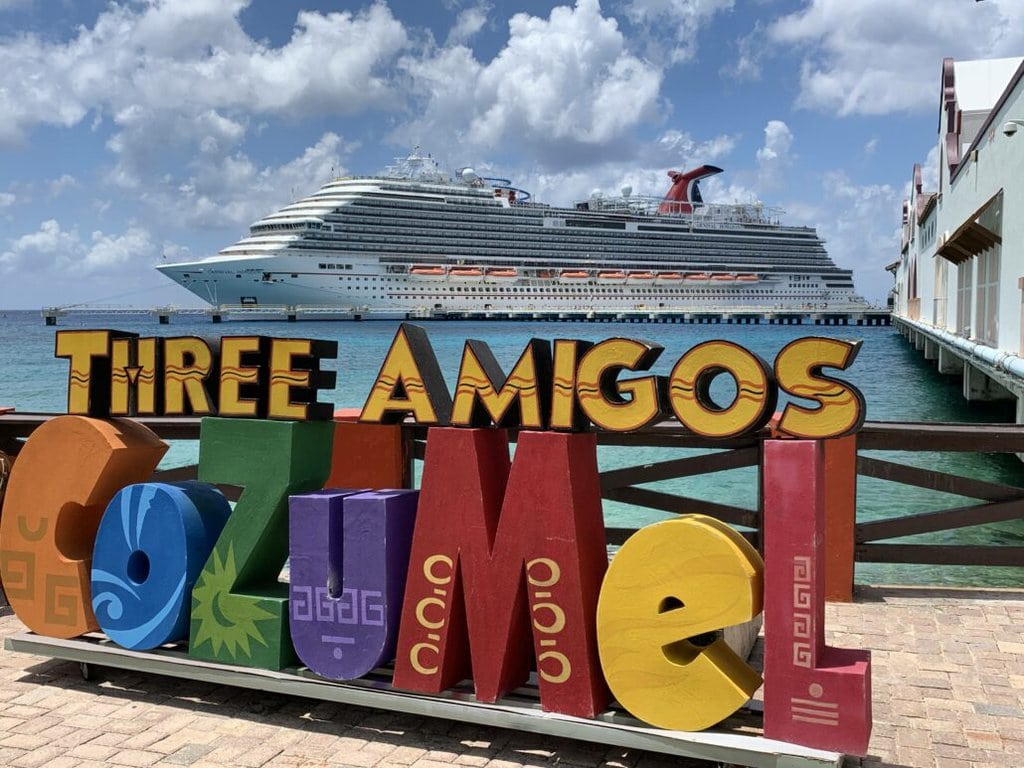
According to the FCCA, around 3,300 cruise ship calls are expected in Mexico this year, bringing in over 10 million passengers.
“We are grateful to Mexico’s federal government for collaborating with us to reach an agreement on the transit fee that protects cruise ship tourism while increasing benefits to local communities whose livelihood depends on it,” the FCCA said.
The in-transit fee supports tourism infrastructure and environmental initiatives in destinations with heavy cruise traffic.
While the exact use of the funds hasn’t been fully outlined, officials have cited the need for port improvements.

